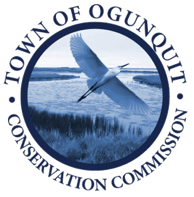
Last week we talked some about what you can do now in the spring for your lawn, but what should you do this summer?
Here are three steps you can take to make sure your lawn is healthy and looking great.
- Do not overwater.
If you water your lawn every day, you are creating shallow grass roots that will lead to increased grub damage. You should be aiming to establish a deep lawn root system, and this can be obtained by watering about an inch a week. Moreover, deep, infrequent watering forces grass to send roots down into the soil to find moisture and make it more tolerant to dry spells. If it rains, then you may not have to water much that week.
-
 Leave your grass 3” high.
Leave your grass 3” high.
The best way to keep crabgrass out of your lawn is to leave your grass at least 3” high when you mow it. Make sure your mower or your lawn care’s mower has a sharp blade so you have a clean cut. Usually, you only have to cut the top third of an inch off your grass.
- Leave the Clippings.
When I was a kid, we never picked up our grass clippings and we had a rich and beautiful lawn, even though our lawn saw a lot of kid play. Your grass clippings will fall between your grass blades – you won’t see them – but they will add valuable organic matter to the soil and about 2 pounds of nitrogen per 1,000 square feet each season. That means less time and money spent on fertilizers. Letting the clippings decompose on your lawn does not cause a buildup of thatch -a layer on top of the soil that blocks water and nutrients from reaching the grass’s roots – thatch is caused by over fertilizing.
